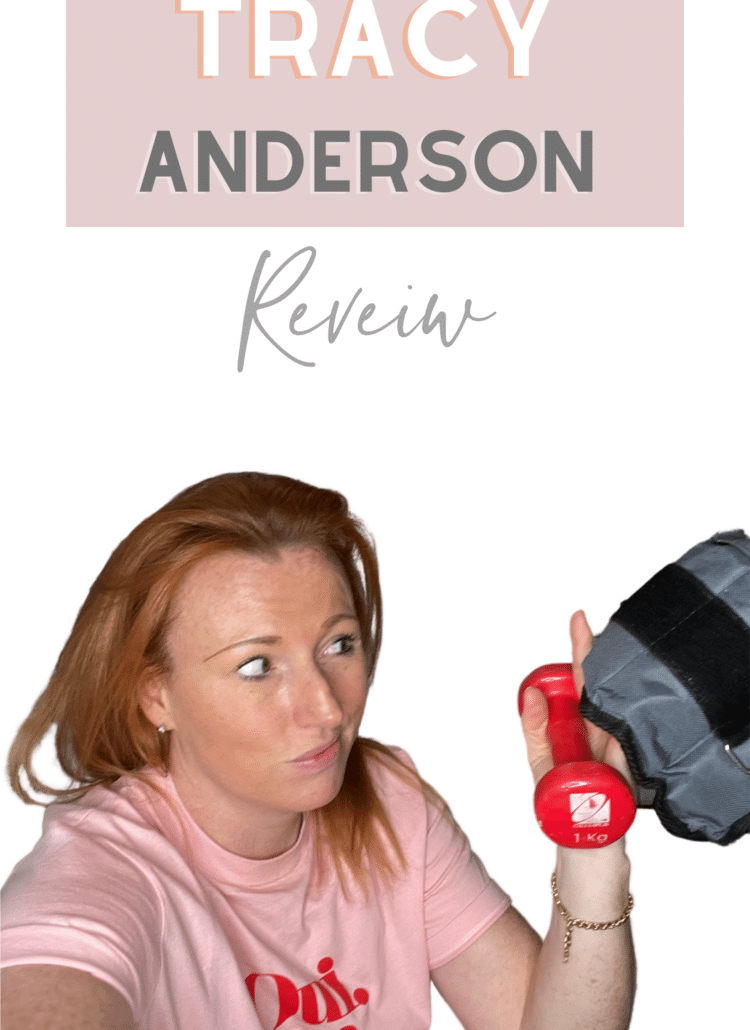Strength Training For Your Diaphragm

Breathwork has become something of a hot topic in the wellness world over the last few years with more and more methods being explored. So what are the benefits of breathwork? Well, there are many!
Of course, I say the last few years, but in reality, yogis and monks have been using breathwork for 1000’s of years. If its a practice that has stood the test of time, there must be something it!
It’s nothing new, but as our lives become ever more fast-paced, the art of slowing down to breathe has become something of a lost practice.
Why So Shallow?
We have become more chest-dominant breathers. Breathing quicker and more shallow. Think of the woman in the horror movie who is stumbling about in the dark and about to come to a grizzly death. How is her breathing? Rapid, shallow, breathing right up in the chest and on the verge of a panic attack.
It’s a good practice to take note of your own breathing throughout the day, as I sit and type this I notice I am indeed chest breathing. So I stop and take a long, deep and full breath to add calm.
Chest breathing is typical of a person living fasted paced on a high adrenalin roller coaster of life.
Versus diaphragmatic breathing. For most people (myself included) this will require a little more intention to be able to breathe deeply and fully and right down into the diaphragm.
A 2017 review of the science around breathing concluded that an optimal breath rate would suggest between 6–10 breaths per minute and a slower breathing rate could see improved heart rate variability and increasing factors in longevity. Though, as with most wellness claims, more research in this area is needed.
But anecdotally and from my experience when working with clients introducing breathwork can be an effective tool for stress management as I always feel calmer and more focused after any type of breathwork session. It generally just helps me to feel better, so it’s a win in my eyes.
Types Of Breathwork
Breathwork devices began to become developed at the end of World War 2 to help fighter pilots deal with the demands of high altitude and unpressurised flights.
This helped to develop the modern ventilator in hospitals. But since this time, technology and the science has advanced and many breathwork modalities have been developed.
From more traditional yoga breathwork practices to styles such as the Wim Hoff method. The Wim Hoff method has gained a lot of steam over the last few years, paired with his cold therapy and acquiring his name as the ice man and helping people to improve health and reduce stress.
So-called altitude masks have become popular training devices for athletes and wanna-be athletes alike, as they try any hacks to improve performance.
Using these masks whilst training is believed to build up their endurance by improving lung function and oxygen efficiency.
Breathwork For Reducing Blood Pressure
High blood pressure is a common problem that we see today, and a recent study has found that breathwork could be a supporting remedy to combat the issue.
We know that strength training as well as many other lifestyle improvements and exercise in general can be effective for managing blood pressure. This 2021 study cites breathwork as becoming strength training for the diaphragm as they used a breathing resistance aid called Powerbreath.
Reduced blood pressure was experienced after just 2 weeks and the practice takes just 5–10 minutes a day, meaning that it can be easily adhered to.
There lies the problem with many wellness interventions, is that it takes too much time and effort and most people would preferably just pop a pill.
Application
Though the above study concluded that more research in this area is needed, and when it comes to any health condition, it should always be advice that is taken with the support of a qualified medical professional.
However lifestyle plays a huge part, and breathwork has shown to have many benefits from stress reduction to improving sleep. And so it’s a practice that you too may want to consider including in your regular routine.
Not only is it free but it’s a pretty safe habit that could be a significant alternative to taking medication.
Taking the time to slow down, be more mindful and breathe a little deeper can only be a positive thing in my eyes.




Leave a Reply